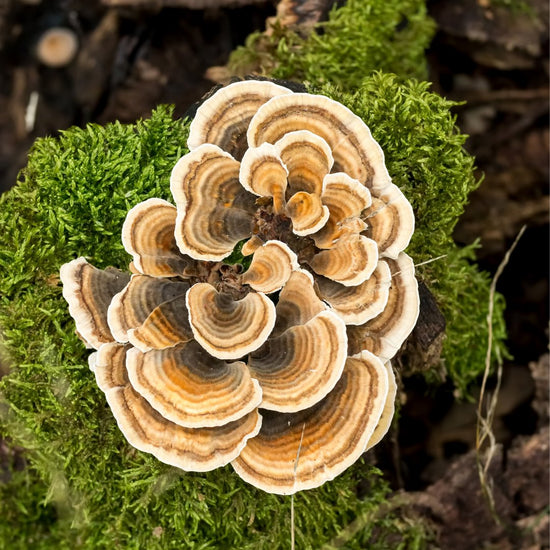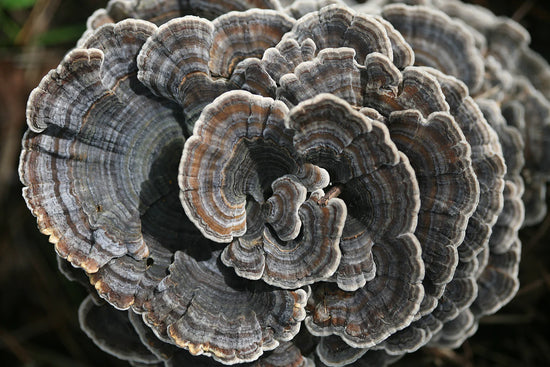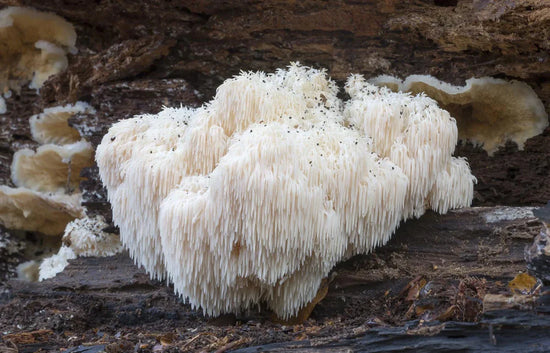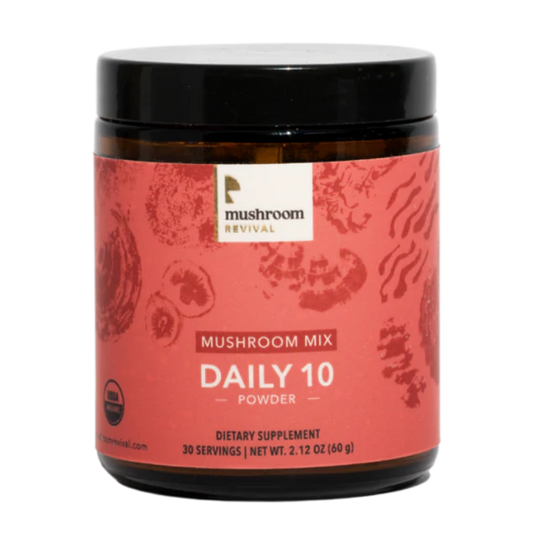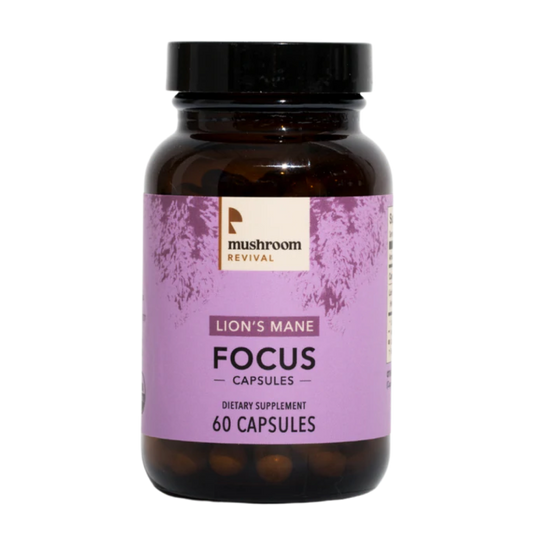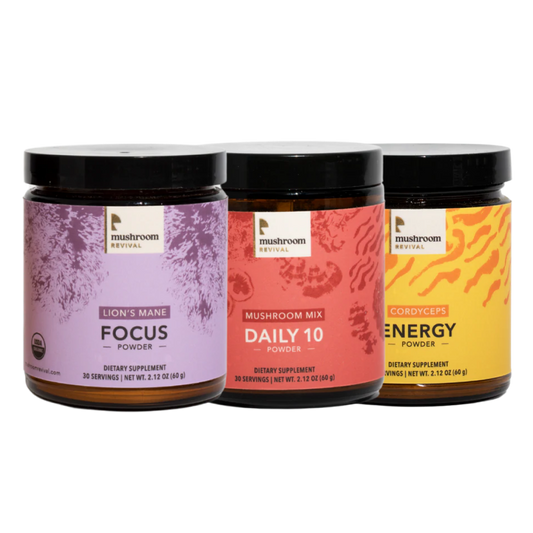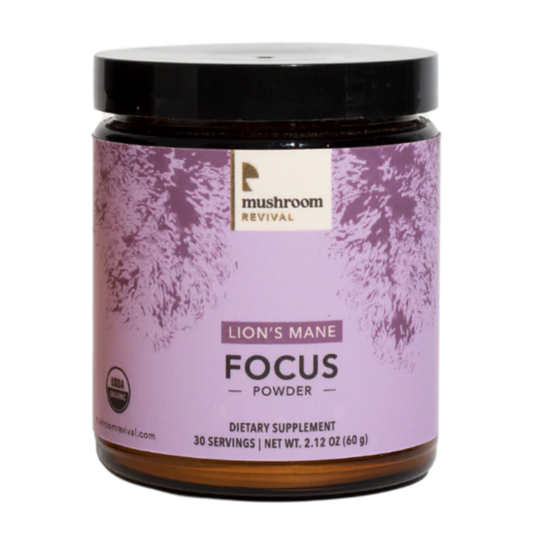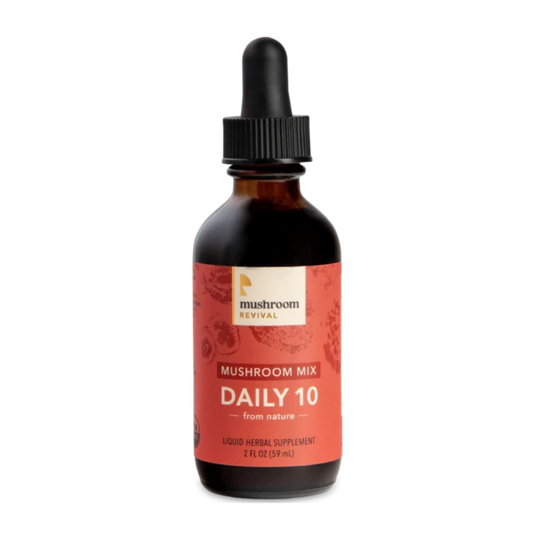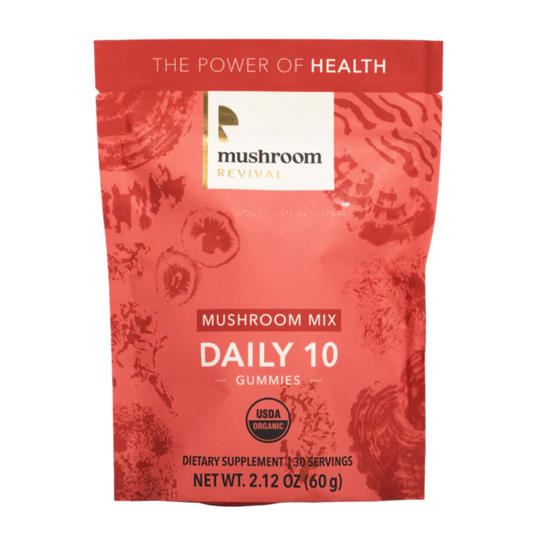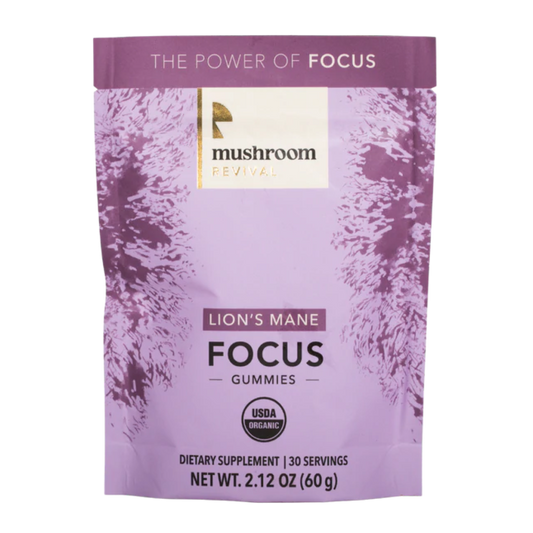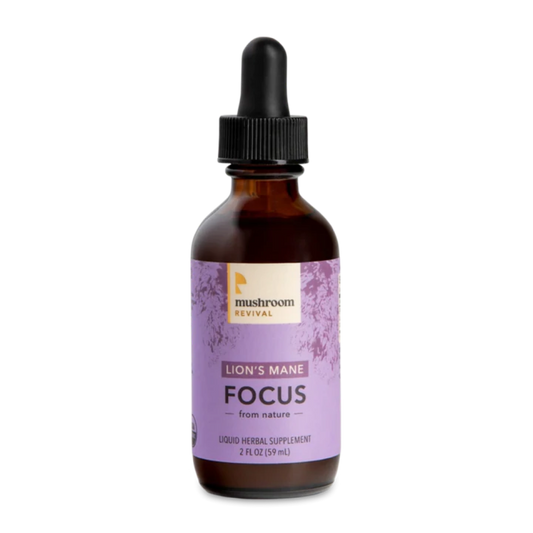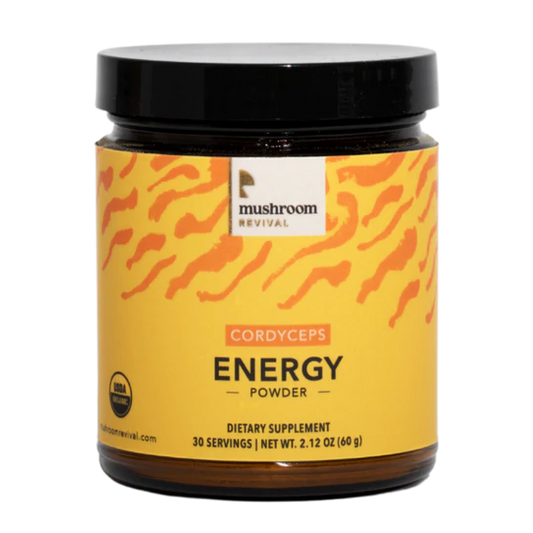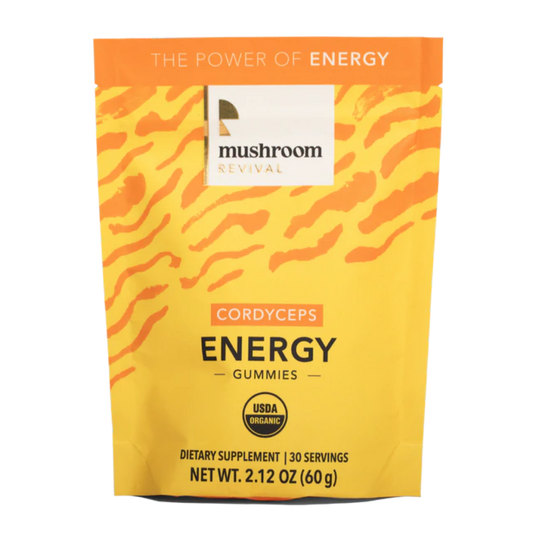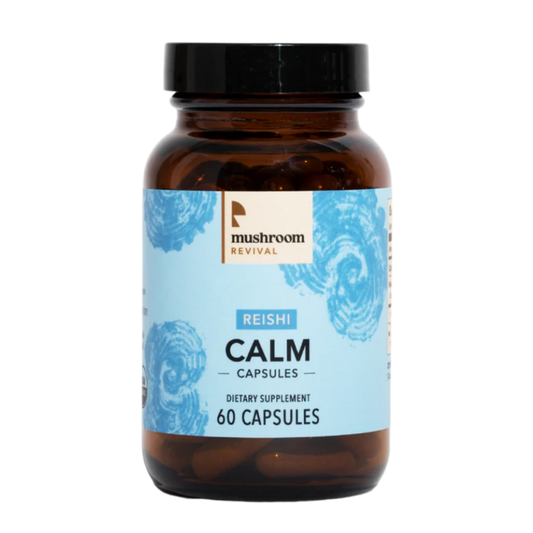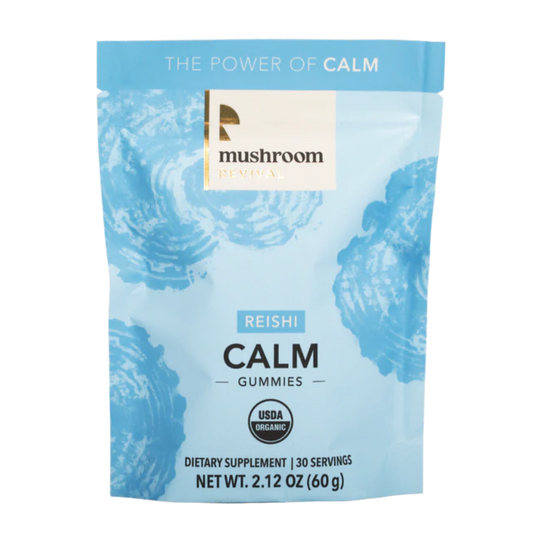Mycowood: A New Era for Instruments
Hear that...? Fungal violins have entered the music scene. This technology, known as Mycowood, uses fungi to partially degrade wood used to make violins; and it results in superior acoustics.
For the of biotech field, Mycowood is a defining example of fungi + wood potential in materials science.
1. Fungi can be used to engineer wood properties.
Fungi eat wood. And certain fungi eat certain fibers within the wood. The selective diet of a given fungus can be applied to target specific areas in the wood matrix, which will change properties like sound resonance, dampening, density, hardness, weight, color, anti-microbial capacity, conductivity and so much more. Imagine the many ways wood and fungi can come together!
2. Treating wood with fungi is sustainable.
Its 2021, climate change is scary. Any serious material innovator will tell you that sustainability is a must for the success of a product, and the success of human welfare on Earth. There are many materials that don't involve cutting down trees, but, for the structures and items that do require lumber, it often does not come without the use of harsh chemicals. Varnishes, heavy metals, resins, acids are some examples of how we treat wood to get the properties we desire.
Fungi can be used in lieu of some of these toxic substances. Any steps toward a greener world is a step worth taking.
3. Mycowood is an art.
Haven't you heard? Mycowood violins were the preferred sound when compared to the famous Stradivarius violins. Once upon a time, a time before Mycowood, this level of acoustic elegance was unreachable. Fungal applications in wood aren't just practical, they're also beautiful.

We are joined by the scientist behind these innovative fungal projects, Dr. Javier Ribera, who is a materials scientist at EMPA with specialties in cellulose and wood materials. Javier walks us through the creation of Mycowood technology, and how this unique application could evolve in further wood-based design.
Topics Covered:
- The inspiration for creating Mycowood
- How climate change is physically altering our lumber supply
- The history, theory, and materials science of the famous Stradivarius Violin
- Wood as a material for resonance, and how fungi can be used to engineer the acoustics
- The three fungi tested by EMPA for Mycowood including Schizophyllum commune, Physisporinus vitreus, and Xylaria spp.
- Processes of creating Mycowood
- The current availability of Mycowood technologies
Show notes:
Dr. Javier Riberia’s Research Gate: https://www.researchgate.net/profile/Javier-Ribera-2
Interview with Francis Schwarze: https://www.youtube.com/watch?v=48H_-CRuzWY
EMPA Website:https://www.empa.ch/
Violino ai funghi (Fungal Violin): https://www.youtube.com/watch?v=jlICRNzPoic
EMPA Report on Mycowood for Violins: https://www.empa.ch/web/s604/mycowood-violin?inheritRedirect=true
BIotech Stradivari: https://nph.onlinelibrary.wiley.com/doi/full/10.1002/ppp3.10097
Mycowood Violins in the NY Times: https://www.nytimes.com/2021/04/29/learning/mycowood-violins-a-different-kind-of-time-machine.html
TRANSCRIPT
You're listening to the mushroom revival podcast.
Imagine it's 2025 and you're sitting in a chair, wearing mushroom leather shoes, sitting in your psilocybin mushroom therapy session, listening to soothing classical music therapy played by violins made with, you guessed it, fungi.
Lera 0:31
That sound you hear in the background, that is the sound of a violin whose acoustics have been engineered to symphonic quality with fungi, producing a sound that is even preferred over the proverbial greatest violin of all time, the state of art.
Alex 0:50
You know what, I wouldn't even pick classical music if I was in a psilocybin session. So what would you pick next? I love dreamy, soundscapes, and I love icaros. Those are my two musical choices for psilocybin trips.
Lera 1:10
Icaros and binaural beats for me, by neural beats is in that dreamy section. It's something that it's passive listening, you know, which is important for me.
Alex 1:20
But, you know, to each their own, and I respect myco instruments nonetheless.
So, engineers at the applied wood materials lab at EMPA in Switzerland, call this material myco. Not only does it reassure instrument makers have a consistent supply of superior quality resonance myco wood also makes these high end instruments available to more musicians that otherwise not afford them. True strata Baris go for millions of dollars and replicas clock in at 10s of 1000s of dollars.
Lera 2:00
A main factor for these hefty price points is due to supply and demand. The unique word required for Stradivari like acoustics is becoming increasingly unavailable, if not non existent.
Alex 2:15
So today on the show, the application of fungi in instrument design, and how they are reviving a dying sound.
Listeners—if you like the show, and you want to keep this content coming, Your support will make or break it, you can easily support us by reading and reviewing and even more so by visiting our website and using this surprise coupon code*** for a surprise discount off of our decadent functional mushroom products. Now, back to the show.
So Lera, why in the heck should we partner with fungi to make premium instruments?
Lera 3:09
Well, for one thing, climate change is affecting the boreal forest where the lumber is sourced for these high end instruments. The lumber itself is changing and its physical characteristics to the point where wood of that kind is going extinct. So to be specific, warmer temperatures result in faster growth of these trees causing less density, but most detrimental less uniformity in the world.
Javi 3:38
My name is Javier Rivera, I work in Switzerland. As a scientist in at Empire material science and research institute we use fungi for for different applications in material science. Mostly we use the fungus to to modify wood properties and to implement a new approaches also in the uses of different wood materials. That are different theories around the perfection of Antonio Stradivari at the time for instance, secret secret ways of aging the wood special varnishes or using wood from historic structures are some of them. They say that violins made by Strativari another Italian masters had a superior sound, as they were made using high density wood from trees that grew during the Ice Age. This theory was studied by Dr. Joy barkal at Columbia University. Based on this theory, he concluded that nowadays no violin maker would be would have artists to the wood that Saldivar used at the time. And based on these theories, Professor strats I came across the idea of using fungi to reduce the density of the late wood. This was the beginning for using fungi to improve the acoustic properties
Alex 5:01
So this property of homogenous wood is super important for maintaining a beautiful sound. And professors Wirtz and his team had figured out how to use specific fungi that decomposes only parts of the wood matrix, which result in more uniformity. It also improves the materials dampening, which in simple words for us non musicians, it reduces high notes that can sound irritating.
Javi 5:29
It's about the transmission of the sound through the wood and how the wood can improve the acoustic properties. So if you can have more homogeneous wood density, then the properties are very much improved.
Alex 5:45
This is reminiscent of myco material science, the use of fungi to replace a pre existing commodity that isn't so sustainable. But the difference here is that rather than using the mycelium or fungus itself as the material, it's being used to treat a natural material, quite literally, it's causing a chemical reaction that changes its properties for the better. Except, rather than corrosive chemicals. This reaction is natural. It's a metabolic process from the fungus.
Lera 6:18
And in your paper, I read that your your team created the myco Woods and presented them to a violinist gave them a Stradivarius and maybe a few others and had them play the instrument and choose their favorites and wasn't myco would the most preferred sound of all of them?
Javi 6:36
Yeah, in fact, it was the more than 180 attendees 90% felt that tone of the fungal treated violin to be the best.
Alex 6:47
90% of people in this blind study actually preferred the myco wood. And you could say that significantly better than chance.
Lera 6:56
And do you think with this application of fungi, we will always have this opportunity to create homogeneous wood to satisfy the violinist and other specific woods. I mean, it sounds like a saving grace for that particular problem and climate change.
Javi 7:13
Yes, in fact, it would be I mean, working with biological systems is not always easy. Because here we have two different biological sources, such as the wood that can be different from one tree to another. But we also have the fungus that can have different activity depending on the wood composition. So in theory, it would be possible, but we also have to think of how can we upscale this process for four different wood compositions.
Lera 7:49
Wood is a perfect fungus food. And it's rare to hear about purposefully degrading wood with fungi, unless of course you're trying to grow some mushrooms. Typically, we strive to avoid this and our woody infrastructure. We add varnishes paints and heavy metals to combat fungal growth. And it's not just decay we're concerned with. Some fungi won't eat away your home, but they can thrive in the woody substrates and emit mycotoxin mold sickness is an example of this.
Alex 8:21
So Javi — How are you in the team producing your myco woods to be just right? I imagine you need compatible fungi with the woods you use it to methodically begin and end that degradation. Can you walk us through this process?
Javi 8:36
Yeah, we are using European spruce and Sycamore each plate goes in one position. So the spruce plate is on the top and then the sycamore is on the bottom. And as we have two different wood species, we also have to use different fungal species. So for the top plate, we use fishers, prettiness, betrayals, and for the sycamore plate, we use it to freedom kimono, we go to wood carpenter, and we select the wood from specific trays with more consistent composition and shape. And then we take it in into the lab after sterilization process, we inoculate the specific fungus in each Woods plate. At the beginning, it took about nine months. So you can imagine the incubation periods were rather long for such a project and when people wants to see what's happened with your experiments, it's not that easy to wait so many months. But afterwards, during the project, we could shorten these periods to up to six, four to six months in the end once they would have been treated, it goes back to the to the sterilization process. And then we give these would do the violin makers, which can then work as it would be a normal wood plate for for making violins.
Alex 10:18
Do you are you able to see like these tunnels where the hyphae drill through the wood?
Javi 10:26
Not macroscopically. But, yes, we did some microscopic observations as well.
Lera 10:35
So there's so many factors that you have to consider. For this myco word, I read that you're measuring density and modulus of elasticity, speed of sound, radiation ratio, damping, etc. How do you test for these things before you assemble an instrument or can you?
Javi 10:55
We were using different samples. So, for the same incubation, blanks, we had also some other samples that we could break and test for mechanical properties and speed of sound, and so on. So the plates we used for the violin they had the same incubation period and the same influenced by the fungus, but when the same samples we use for these kinds of tests, right? Are you a musician? By any chance? No, I'm not. Unfortunately, I'm not.
Lera 11:51
Schizophillum commune, aka the split gill fungus.
Alex 11:56
And Phisisphorinus vertrius, a new one for me and bizarrely inconsistent looking crust fungus. That is the secret to fungi, the fungi that are behind seemingly superior-than-Stradivari material.
Lera 12:13
I mean, this is impressive, some stratovarius are going for over $15 million. And the thought of bringing this auditory elegance to more young musicians. It's a pretty momentous implication for the violin community. Wouldn't you think?
Alex 12:27
I do and even beyond violence as a whole. It's it's really mind blowing hold the fun ways that fungi interact with our communities one way or another. They're infiltrating and disrupting every single industry that I know of.
Lera 12:45
And just imagine the inspiration that this type of design in partnership with fungi can mean for the world of carpentry and any other wood based art.
Javi 12:55
One of the first fungus we use for for the violin project was she laria species. And the main problem we had at the time was the color because the would turn black. And I think the violin field is a little bit conservative today, and it won't be that easy to have a black violin. I've seen that with with guitars, for instance, this might be more open to have different patterns and colors. We even had some discussions with with Fender guitars at the time. But for the violin project, I don't see the use of spalted woods.
Alex 13:42
Spalted wood listeners This is a bit of a foreshadowing for next week's episode where Javi will return from the woods to tell us about impose research on a method to farming spalted wood.
Did you ever interview the violin makers on how they they reacted and working with this wood? Was it easier or harder? Did they think it was a cool idea?
Javi 14:10
I think each violin maker has his own little secrets about making violins and some of them may store the wood in a very particular way for many, many years. Some others may use special varnish is as it has been hypothesized for for Antonio Stradivari I think they are quite traditional. And I'm not sure how open they would be if the secret is no longer the violin maker but the wood they can purchase in a normal store. So I don't think it has an easy answer.
Alex 14:51
If someone wanted to purchase a myco would violin or any other instrument woodwind how what would the price comparison be to you know, a standard wood instrument or a stratavari?
Javi 15:07
Right now, this is out of any potential business because the overall concept belongs to Walter Priestley Foundation, and the owner of the foundation only wants to make violins to support young talented soloists. So this means we only produced about 1520 violins, and there will they will not be in the market at all.
Lera 15:43
My dream is a string quartet of myco word instruments, says Walter Fisher, whose foundation is funding the biotech fungal violin research at MIT.
Alex 15:52
This is getting so many people so excited. It might even change the definition of morning wood.
Lera 15:59
Listeners don't leave just yet we have another surprise for you. We have decided to start reading one review from our listeners each episode, and today we have one from soflo fungi.
Alex 16:11
"Alex and Lera have created pure golden content. I've listened to every single episode. Thank you both so much. Both of you guys have helped me dive so deeply into my mycology hobby that I've been able to start my own business. I appreciate the information gained from listening to you and your guests. And the entertainment must remember he must remember he clapping mo he must love Sam from soflo fungi thank you so much for being part of our mushroom family seriously unbelievable amount of love and respect for you starting your business and being another fellow mushroom lover and curious infiltrator into the mycology world. If anyone listening wants to be featured in our podcast, please leave a review or even send us a question and we're happy to answer it on our next episode. As we really want to make it more of a practice to feature our beautiful community of devoted listeners. We put the spotlight so much on our guests and and it's time to put the spotlight on you beautiful listeners. rating and reviewing helps us so so much y'all and it makes this a reality. It makes more people get into the world of fungi and it makes it possible for researchers to get inspired to disrupt more industries and create more fungal products to disrupt our world and make the world a better place. So please rate and review and go to our website. Use the code ****, support yourself, support your health with our functional mushroom goodies. And, as always,
Lera 17:53
Mush love, and may the spores be with you.








